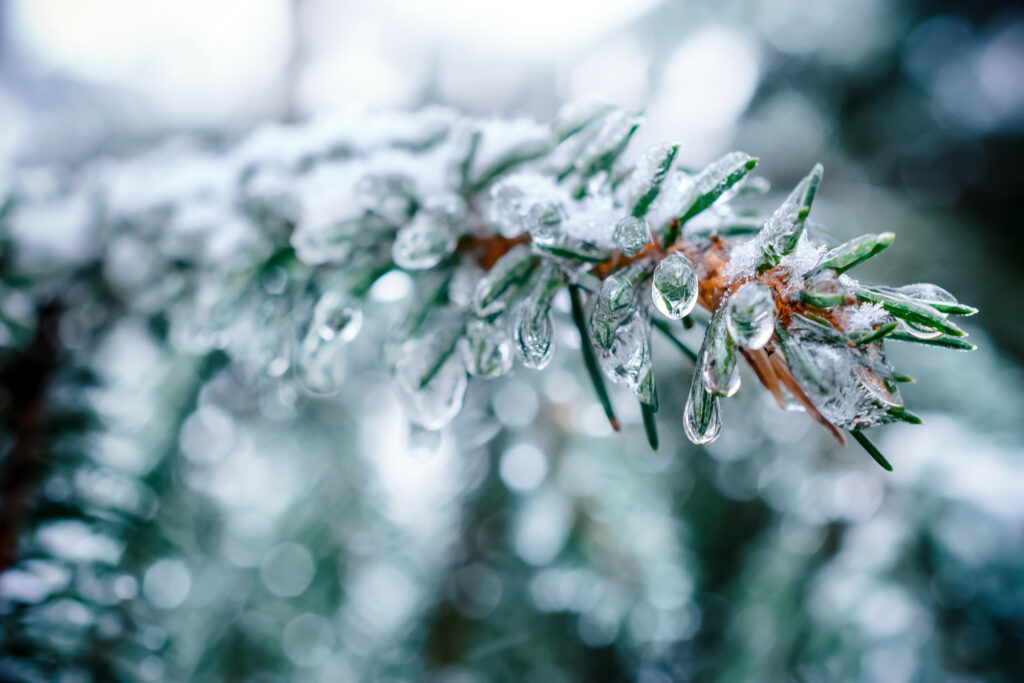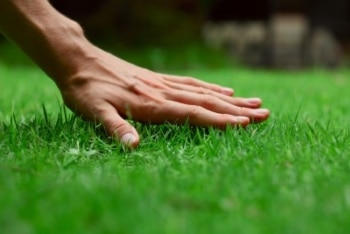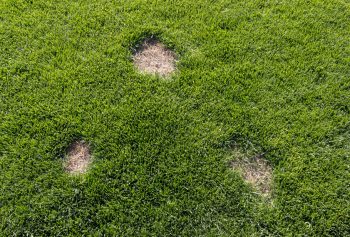Frost can be a gardener’s worst nightmare, causing damage and potentially killing delicate plants. When temperatures drop below freezing, plants suffer from frostbite, resulting in wilting, discoloration, and even death.
Make a mental note-anytime temperatures are predicted to drop below 32 degrees Fahrenheit-take preventive measures and utilize proactive methods to help plants recover.
With prompt action and proper care, you may be able to save your plants and help them bounce back after a frosty night. In this article, we’ll discuss effective strategies to save plants after a frost and ensure your garden flourishes once again.
Wait, Wait, Wait
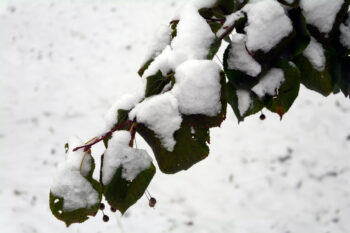
It might be your first instinct to start pruning or picking off dead or frozen leaves. Do not do this. Anything you immediately remove from your plants will cause further damage and take longer to heal.
If a branch is clearly broken, you may remove it. When a branch appears damaged, but is still attached, then that branch will protect the plant from further damage in the event of another freeze.
Another common mistake people often make is to quickly apply fertilizer to heal give the plants a boost of nutrients. Do not do this either. Fertilizer stimulates new growth, it does not help plants recover from damage.
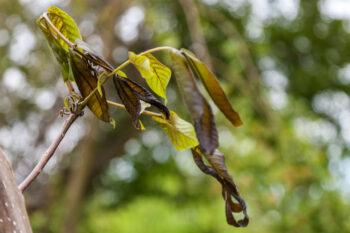
Assess the Damage
Start by carefully examining your plants for frost damage. Look for limp or discolored leaves, blackened stems, or a general withered appearance.
Keep in mind that not all plants are equally susceptible to frost damage. Some may bounce back quickly, while others might require more intensive care.
Consider taking some preventive protective measures. Remember, failing to plan is planning to fail. Learn what to do before a freeze for your yard.
Let Plants Warm Up Naturally
If you have outdoor plants in garden or landscape beds, let the sun do its job and warm the plants up throughout the day. Additionally, if you have potted plants that should’ve been brought indoors, move them now. But, if you don’t have space indoors, consider moving them to a shed, garage, or even the side of your house (this will protect them from wind).
Water Wisely
Proper watering is crucial after a frost event. If the soil is frozen, plants are not able to absorb water. Fresh water will help thaw the soil out.
Check the moisture levels in the soil and irrigate accordingly. Avoid overwatering, as frozen soil will inhibit drainage and lead to root rot.
Instead, provide adequate moisture to help the plants recover their hydration levels. Mulching around the base of plants will also help retain soil moisture and insulate the roots.
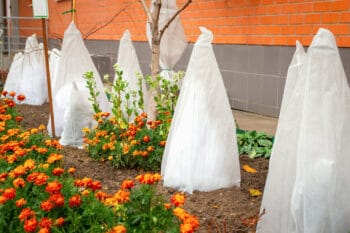
Provide Extra Protection
To shield your plants from further frost damage, cover them with a frost cloth or blanket before nightfall. These protective layers insulate the plants and trap heat from the ground.
Make sure the cover extends to the ground to create a snug environment. Remove the cover during the day to allow sunlight and air to reach the plants.
If you haven’t already, add a layer of mulch to provide extra insulation from future freezes.
Prune Plants with Precision
Once the last freeze has passed, it’s time to prune affected plant parts. Trim away any blackened or damaged stems and foliage.
Pruning helps the plant redirect its energy to heal healthy tissue and encourages new growth. Remember to use sharp and clean pruning tools to minimize further stress on the plant.
Spring Plant Fertilization
As previously stated, do not apply plant fertilizer right after a freeze. Instead, wait until spring when active growth resumes. Apply a balanced, slow-release fertilizer or organic compost around the base of your plants.
These organic materials provide essential nutrients that aid in recovery and promote healthy growth. Be mindful of the specific fertilizer requirements of each plant species.
Let us help you get all plants ready for spring. We offer a tree and shrub fertilization service.
Be Patient and Observe
Saving plants after a frost takes time and perseverance. Some plants may show immediate signs of recovery, while others may take weeks or even months to bounce back.
Monitor your plants closely and observe any signs of new growth or improvement. Be patient and provide ongoing care based on the individual needs of each plant.
Learn from the Experience
Each encounter with frost is a learning opportunity. Take note of which plants suffered the most damage to guide your future plant selection and placement decisions.
Consider cold-hardy plant varieties that are more resilient to frost or explore methods such as using frost covers or creating microclimates to protect vulnerable plants.
Another great spring gardening activity is to invest in a flower bed cleanup service. Get in touch with us today to schedule yours.
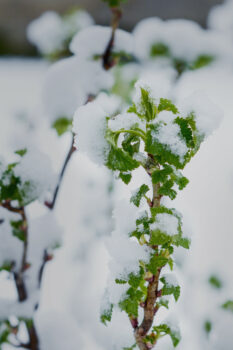
Wrapping Up
Remember, prevention is the best defense against frost damage. Stay informed about the weather forecasts and take early precautions, such as covering plants or bringing them indoors during extreme cold.
However, if your plants do experience a frost event, don’t lose hope – follow these steps to save and revive them.
Saving plants after a frost requires a combination of patience, care, and proper techniques. By acting swiftly and providing the necessary care, you can help your plants recover even after the coldest of nights.
So gear up, arm yourself with knowledge, and save your plants from the icy grip of frost!

